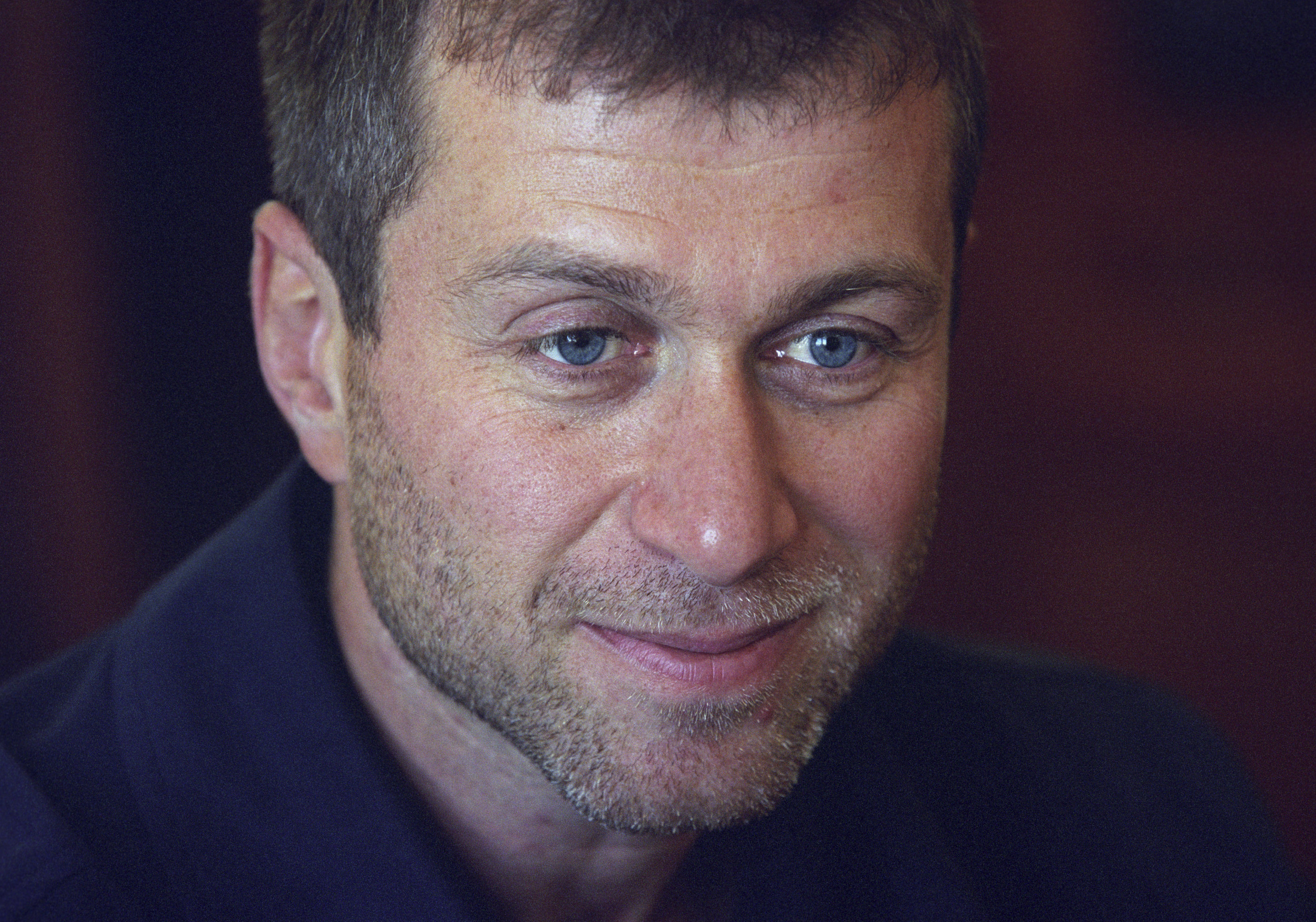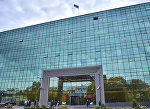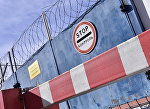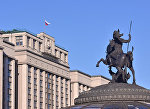MOSCOW, December 6 - RAPSI. The High Court of Justice in London considering the Berezovsky vs. Abramovich case finished hearing witnesses' testimonies on Monday; Abramovich's attorney will make the concluding remarks on December 19, according to the trial transcript available to the Russian Legal Information Agency (RAPSI/rapsinews.com).
The court began hearing Berezovsky's $5.5 billion lawsuit against Abramovich on October 4. Berezovsky seeks compensation for the assets he was allegedly forced to sell to Abramovich between 2000 and 2003. The lawsuit was filed in 2007.
Boris Berezovsky claims in his lawsuit that Roman Abramovich intimidated him and his business partner Badri Patarkatsishvili into selling a number of assets, including a 43-percent interest in the Sibneft oil company and a stake in the Rusal aluminum group, at a fraction of their value.
Abramovich challenged the statement that Berezovsky owned stakes in these companies. Chelsea football club owner said he paid millions of dollars, often in cash, to Berezovsky only for political protection.
On Monday the court heard the second part of the testimony by Prof. Robert Service, a British historian and author of "Russia: Experiment with a People," some extracts from which were quoted during his interrogation. Service began to dwell on his view of the Russian realities of the 1990s the day before.
However, Mrs. Justice Gloster, who chaired the trial, asked the professor not to divert from the main subject: specific features of the then business in Russia and its intertwining with politics.
The last of the witnesseses to testify was Prof. Bruce Bean from Michigan State University. He worked in Moscow in 1995-2003, first at the Coudert Brothers, then at the Clifford Chance law firms, whose clients included many major Russian companies.
He agreed that doing business in Russia in the mid-1990s involved certain difficulties and risks.
Nonetheless, he did not support the allegation that Russian businessmen practiced mostly oral and informal agreements to disguise the beneficial ownership of their assets.



